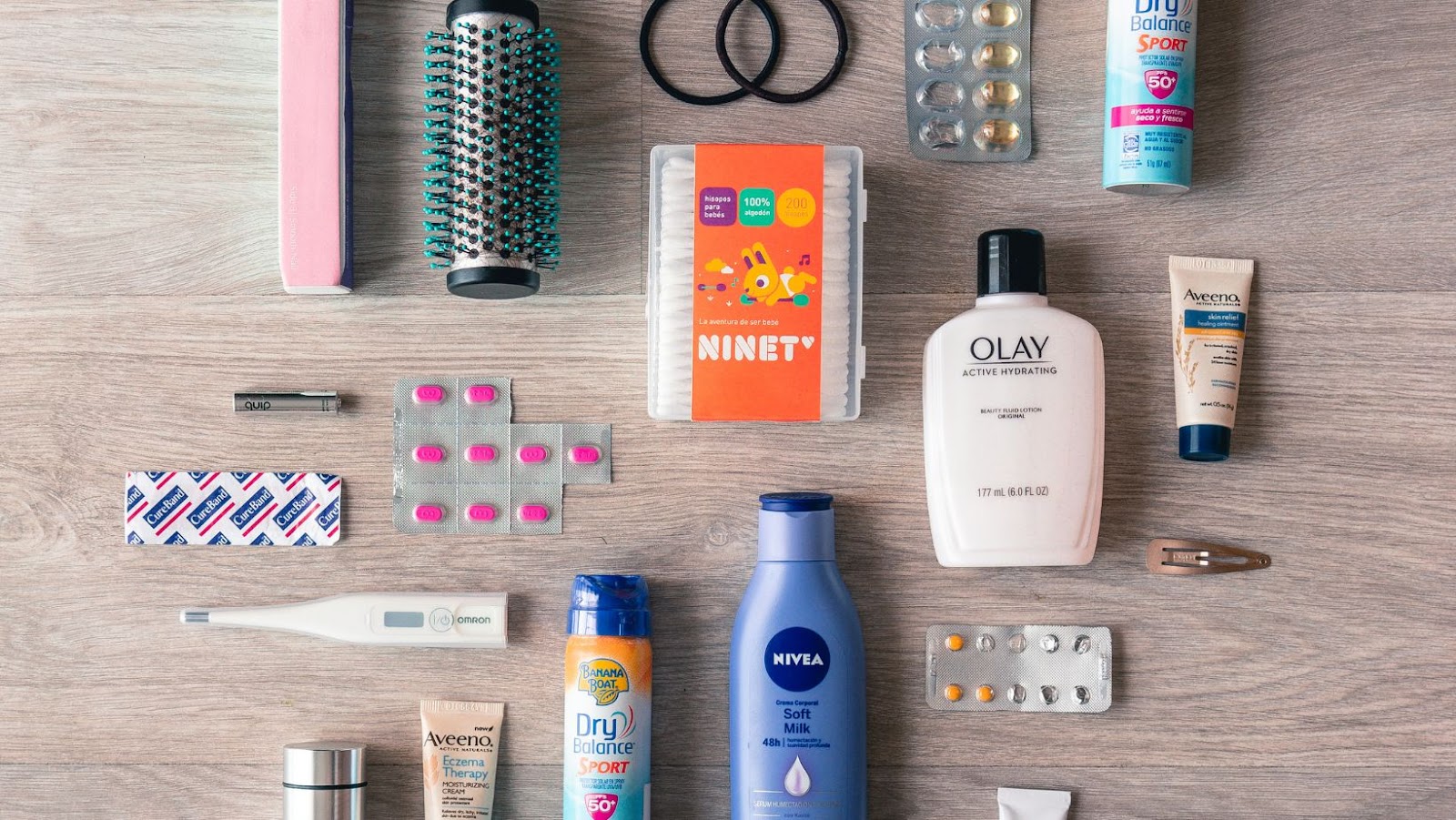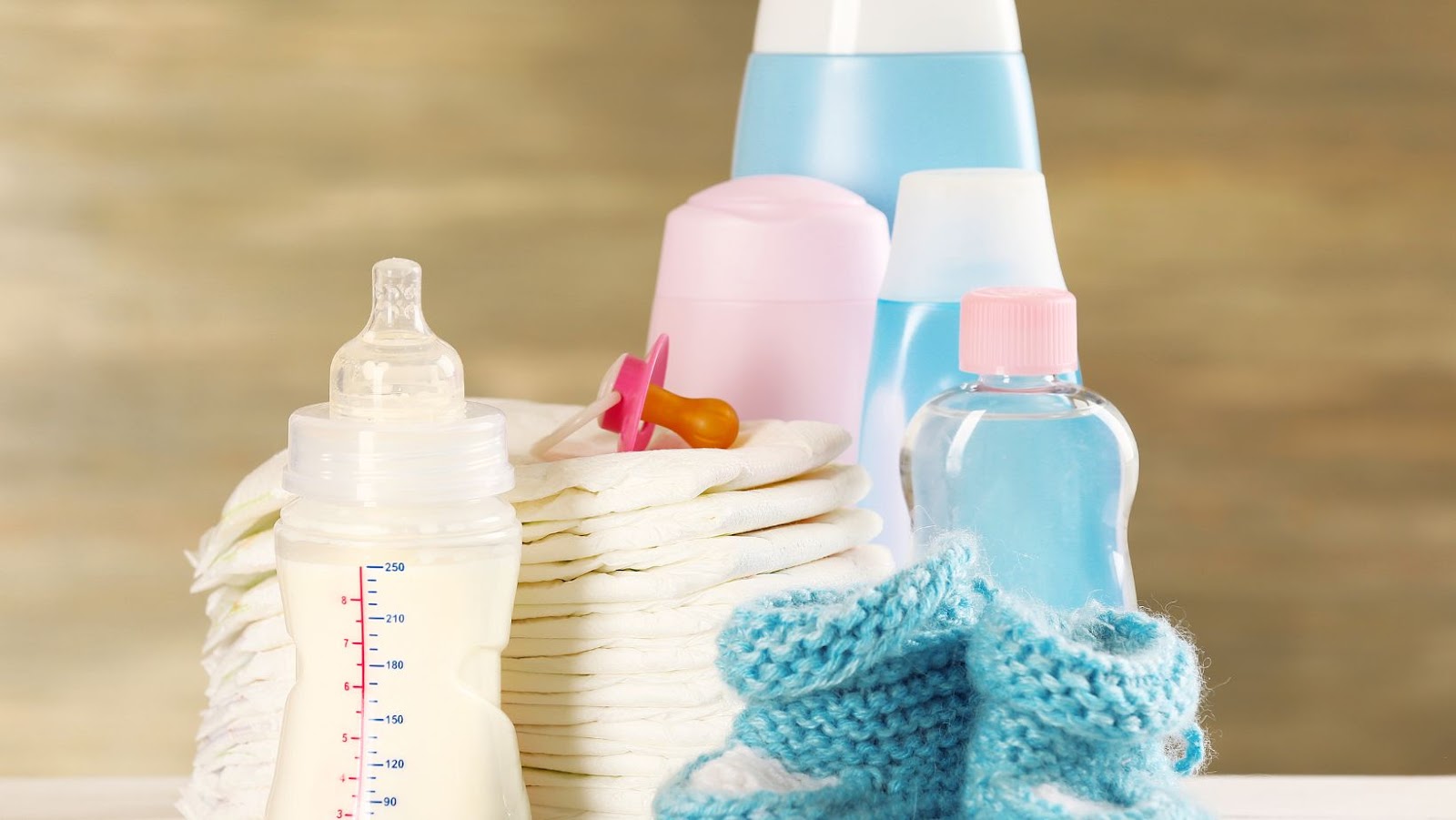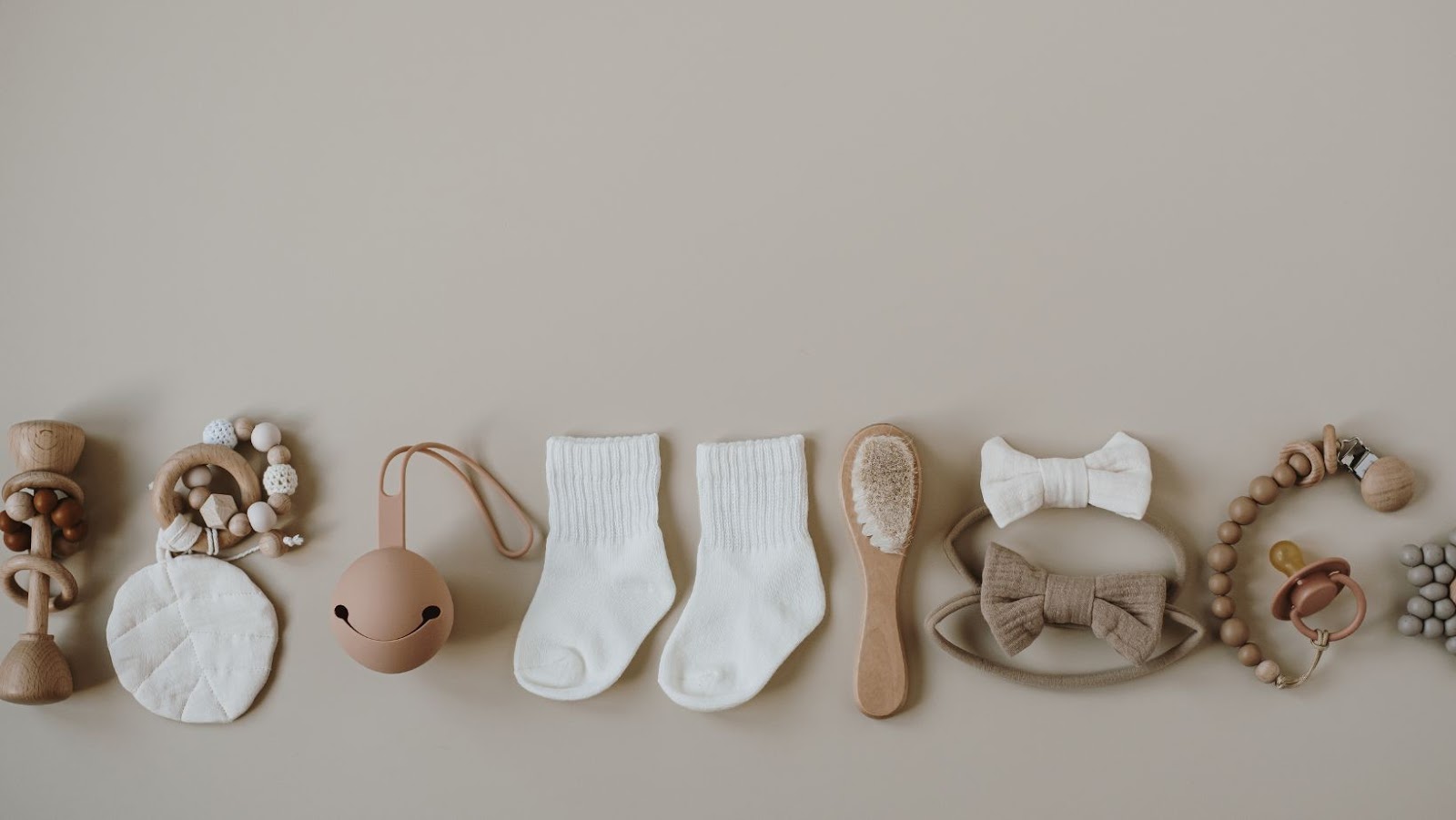 Travel Essentials for Baby
Travel Essentials for Baby
Babies demand constant attention. That’s more pronounced during travel. Disrupted sleep schedules, unfamiliar surroundings, and constrained mobility pose difficulties. For instance, a baby’s sleep schedule gets thwarted because of time zone differences in a cross-continent flight. Similarly, being confined to a car seat for hours is unfamiliar and uncomfortable for the infant.
Armed with the right travel essentials, parents can alleviate these challenges to a great extent. A portable crib, for example, offers a familiar environment, easing the baby’s sleep disruptions. In the car, toys like a soft book or a rattle can keep the baby occupied, reducing restlessness. Essentials such as diapers and wipes ensure cleanliness. In essence, travel essentials aid in simulating a homely atmosphere even when on the move. They act as a buffer against potential travel disruptions and aid in ensuring the baby’s comfort at all times.
 How to Choose the Right Travel Essentials for Baby
How to Choose the Right Travel Essentials for Baby
Evaluation of the quality of baby travel products often starts with researching materials used. Always go for products manufactured from baby-safe materials, free from harmful chemicals and small parts. For instance, opt for pacifiers made of food-grade silicone and baby clothes made of natural fibers like cotton.
Baby gear durability plays a vital role. Strollers, car seats, or travel cribs must withstand handling stress during travel. Customer reviews serve as a valuable insight into durability. For example, in customer feedback, one might find details about a stroller’s wheels breaking after a few uses or a car seat cover that’s easily worn out. Efficiency should be evaluated. Accessories that serve multiple purposes save space, time, and effort. For example, a diaper bag with an integrated changing pad or a stroller that doubles as a car seat.
Firstly, always consider the baby’s age and developmental stage. For example, a six-month-old baby might need a portable crib, while a two-year-old may require a lightweight stroller. Consider the type of travel in hand too. Flying necessitates portable, compact, and TSA-friendly items. While road trips may allow for bulkier items, such as playpens. Evaluate the ease of use of the product. Simple assembly, easy cleanup, and user-friendliness assure less stress during travel. For example, a bottle warmer that is confusing to use can lead to frustrations.
Lastly, consider the safety measures incorporated in the product. Indicates such as JPMA (Juvenile Products Manufacturers Association) certification offer a level of safety assurance. For instance, car seats with 5-point harnesses and cribs with breathable mesh sides ascend as safer options.
 Tips for Efficiently Packing Baby Travel Essentials
Tips for Efficiently Packing Baby Travel Essentials
Efficient packing optimizes space and ensures quick access to baby necessities during travel. Here’s how to stay organized and prioritize safety when packing baby travel essentials.
When organizing the travel gear, start by categorizing essentials into groups. Group items like diapers, wipes, and changing pads under ‘hygiene’, bibs, spoons, bottles, and baby food under ‘feeding’, and clothes, blankets, sleep sacks under ‘clothing’. Utilize compartmentalized diaper bags or packing cubes to segregate these efficiently. Label the cubes, making it easier to locate items in a rush.
Follow the “less is more” principle. Rather than packing an excessive amount, pack right. Consider the length of the journey, and only pack necessary items. For example, if you’re flying overnight, a change of clothes, sleeping essentials (sleep sack, favorite blanket), and overnight diapers might suffice.
When it comes to packing, prioritize safety first. Travel gear must meet safety standards. Look for seals of approval such as the Juvenile Products Manufacturers Association (JPMA), Consumer Product Safety Commission (CPSC), or European safety standards (EN).
For road trips, ensure the car seat fits correctly and is appropriate for the baby’s age, weight, and height. Regarding sun protection, pack a brimmed hat, baby sunglasses, and foldable window shades to protect your child from harmful UV rays.
While packing, carry a travel-friendly first-aid kit. Include necessities like thermometer, baby-safe insect repellent, salines for stuffy nose, pain relievers, and adhesive bandages. Remember, a well-prepared parent makes travel journeys easier and safer for the baby.